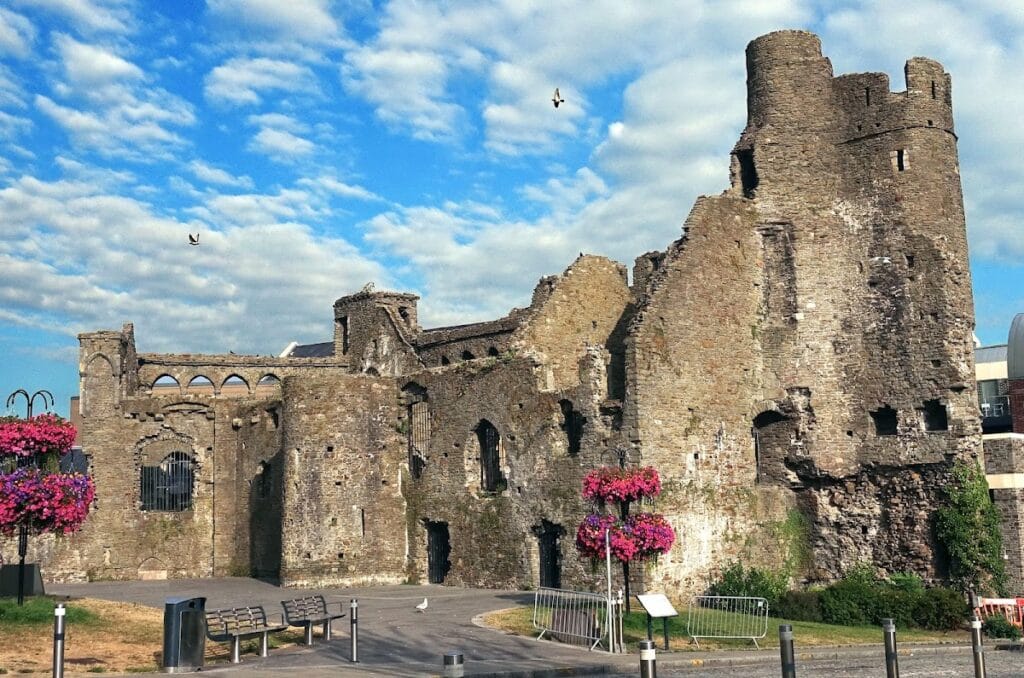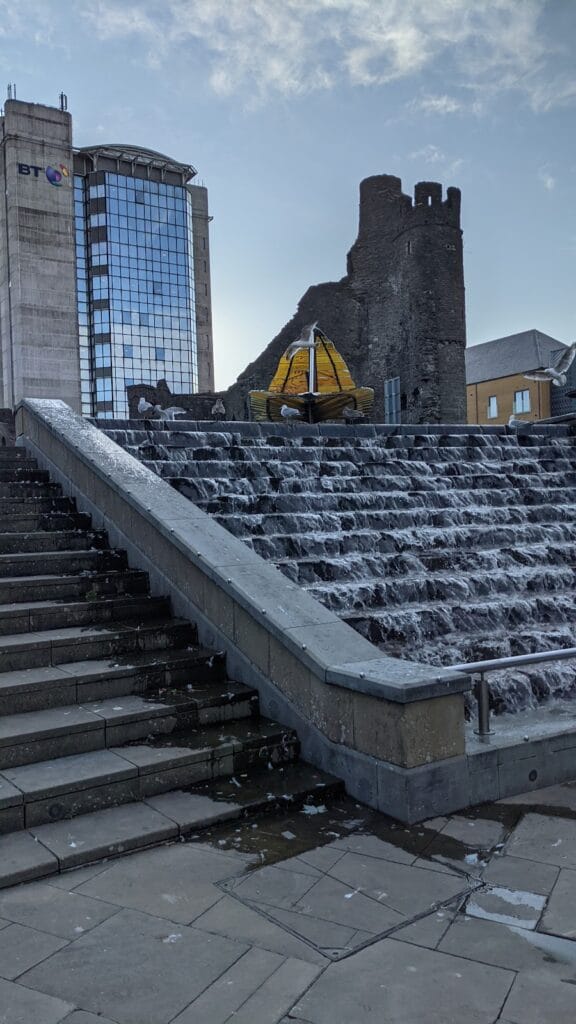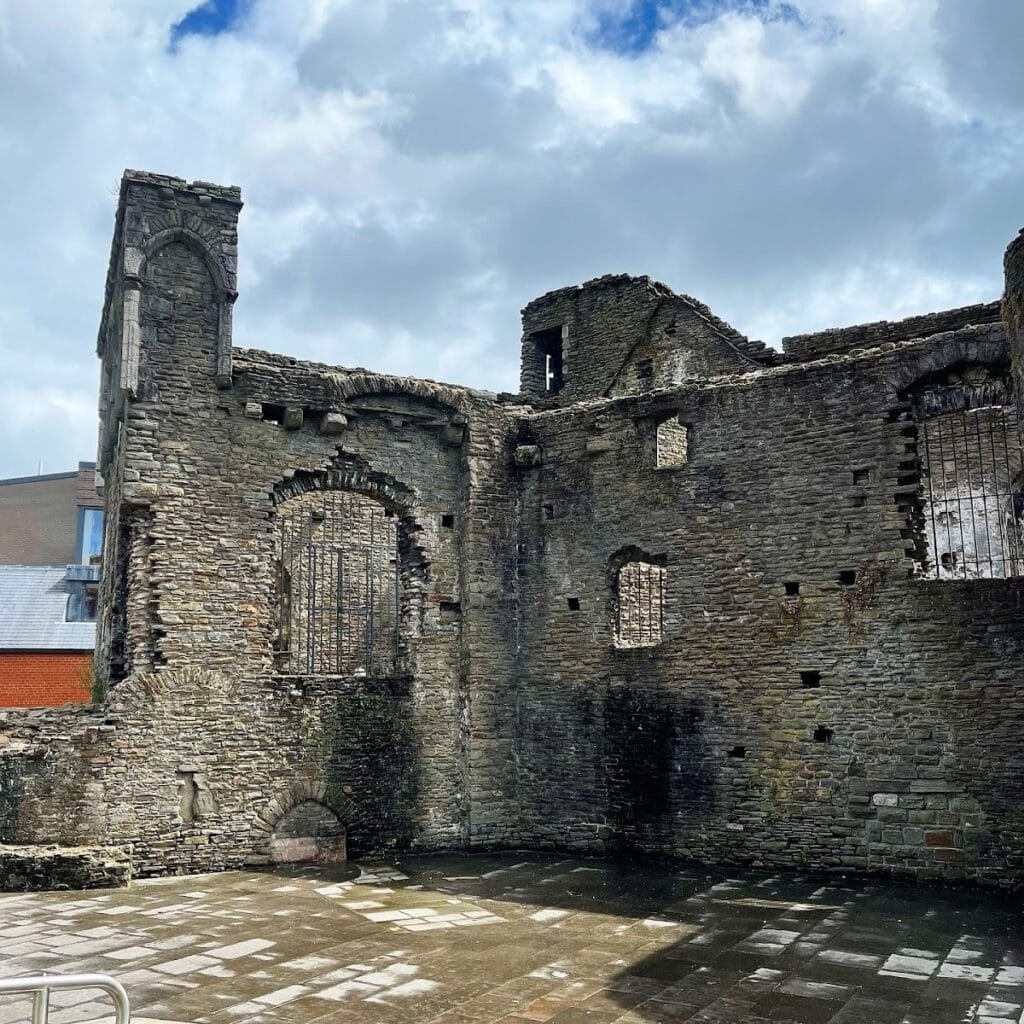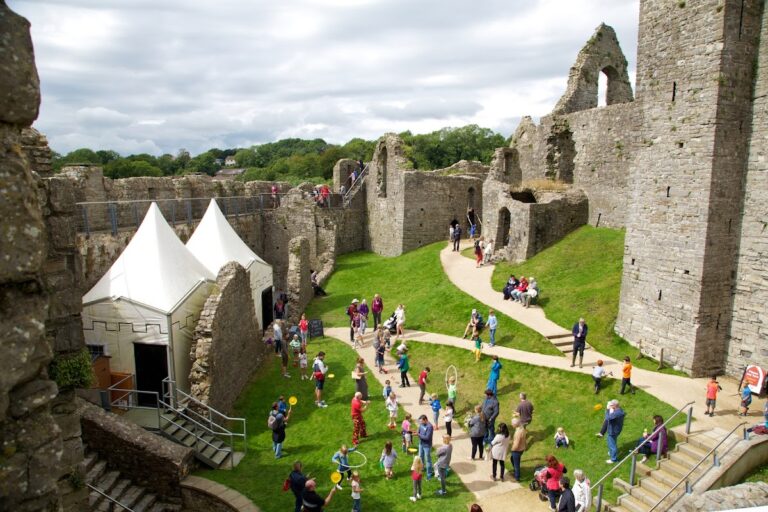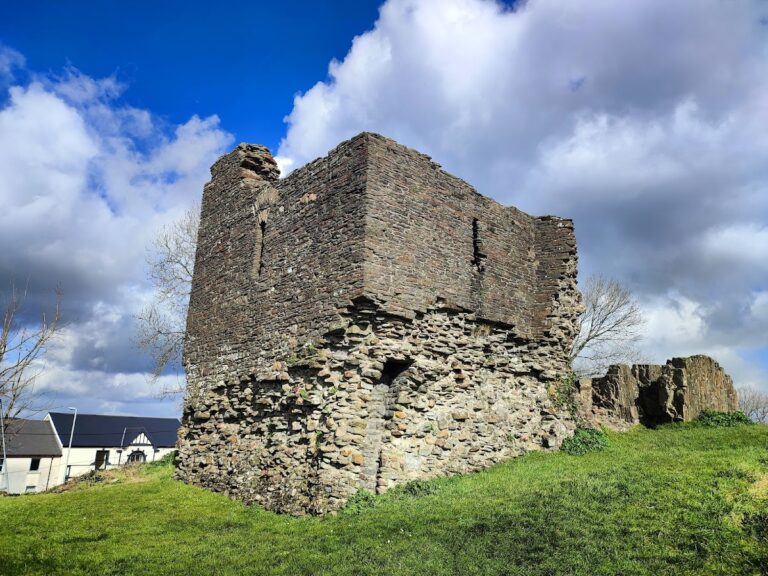Swansea Castle: A Norman and Medieval Fortress in Wales
Visitor Information
Google Rating: 4
Popularity: Low
Google Maps: View on Google Maps
Official Website: cadw.gov.wales
Country: United Kingdom
Civilization: Medieval European
Remains: Military
History
Swansea Castle is located in the city of Swansea, Wales. It was constructed by the Normans during their conquest of South Wales in the early 12th century.
The castle’s origins date back to 1107 when Henry de Beaumont, the first Earl of Warwick, established it as the administrative headquarters—known as the caput—of the Lordship of Gower. Initially, the site featured a timber motte-and-bailey design, with a large mound (motte) measuring about 52 meters across, making it one of the largest motte castles in Wales.
In 1116, Welsh forces launched an attack that caused partial destruction of the original timber structures. Despite the unrest, the castle endured a significant siege in 1192 when Rhys ap Gruffydd held out for ten weeks, preventing its capture. However, Swansea Castle did briefly fall into Welsh hands in 1217; it was returned to English control in 1220 following negotiations between Llywelyn ap Iorwerth and King Henry III.
Between 1221 and 1284, the castle underwent substantial reconstruction in stone. This phase included building a fortified inner enclosure with at least one tower and expanding the outer bailey. The surviving stonework dates primarily from the late 13th and early 14th centuries.
By the 14th century, Swansea Castle had lost much of its military significance and primarily functioned as an administrative centre. It remained involved in regional conflicts, including the Welsh uprising led by Owain Glyndŵr in the early 1400s, though records do not confirm whether it was overtaken during this period.
From the 17th century onward, the castle experienced a decline and was adapted for various civic purposes. The square tower became a bottle factory in the 1670s. A town hall was constructed in the castle courtyard in 1700, and the Great Hall was converted into a workhouse by the mid-18th century. Later, a post office replaced the town hall during the 19th century, while a military drill room took the place of the workhouse by 1850. The nearby River Tawe, which originally flowed close to the castle, was straightened and diverted in the 1840s, altering the site’s landscape.
In the early 20th century, from 1909 to 1913, parts of Swansea Castle—especially the original motte—were demolished to make way for newspaper offices. These offices are notable for having employed the celebrated Welsh poet Dylan Thomas in the 1930s. Following their removal in 1976, efforts began to stabilize and make the ruins visible amid the modern city.
Swansea Castle is now protected as a Scheduled Ancient Monument and has held a Grade I heritage listing since 1952. During the 2010s, with funding from the European Regional Development Fund and the Welsh Government, the site was enhanced for public enjoyment with the addition of paved courtyards and educational panels, alongside plans for tours and community events.
Remains
Swansea Castle’s remains primarily reflect its medieval stone phase, arranged on the eastern edge of Swansea’s city centre where it once overlooked the River Tawe. The castle originally spanned approximately 4.6 acres (1.9 hectares), with the layout comprising an inner enclosure surrounded by a larger outer bailey on three sides.
Today, much of what remains are parts of the outer bailey from the late 13th or early 14th century. These consist of two interconnected blocks of stone walls forming an L-shaped parapet on the southeast corner of the castle site. The parapet wall is notable for its elegant arcade—a series of small arches—which likely dates to the 14th century and is comparable to features found in the palaces of the Bishop of Saint David’s at Lamphey and St David’s. The south-facing wall culminates in a tall garderobe tower, a medieval latrine projecting outward, serving practical sanitary needs.
Beneath the castle, there are five vaulted basement rooms with tunnel-like ceilings, characteristic of medieval stone construction, although details on their specific use are not fully documented.
The original motte, a large earth mound measuring 52 meters across and once central to the castle’s early Norman form, survived until the early 1900s before demolition to accommodate industrial buildings. The remaining stone structures sit on what was the inner castle area, which included a sub-rectangular or oval-shaped enclosure.
Later medieval elements include a two-storey residential block featuring a great hall for gatherings and private chambers for important occupants. A small round tower with defensive gunports may have been added during the Wars of the Roses in the 15th century, reflecting adaptations to evolving military technology. Additionally, a northeast tower served a judicial and penal function as a prison and debtors’ tower, remaining in use until 1858.
Over centuries, the castle’s courtyard was extensively built upon with civil buildings, including the town hall, workhouse, post office, and military drill room. Most of these non-medieval structures have since been cleared, particularly after World War II, allowing the medieval ruins to stand more clearly.
Today, the surviving walls, towers, and subterranean rooms have been conserved and partially restored. The site is owned by Cadw, the Welsh heritage agency, with grounds managed locally, ensuring ongoing preservation of Swansea Castle’s medieval fabric and historical footprint within the modern urban environment.
